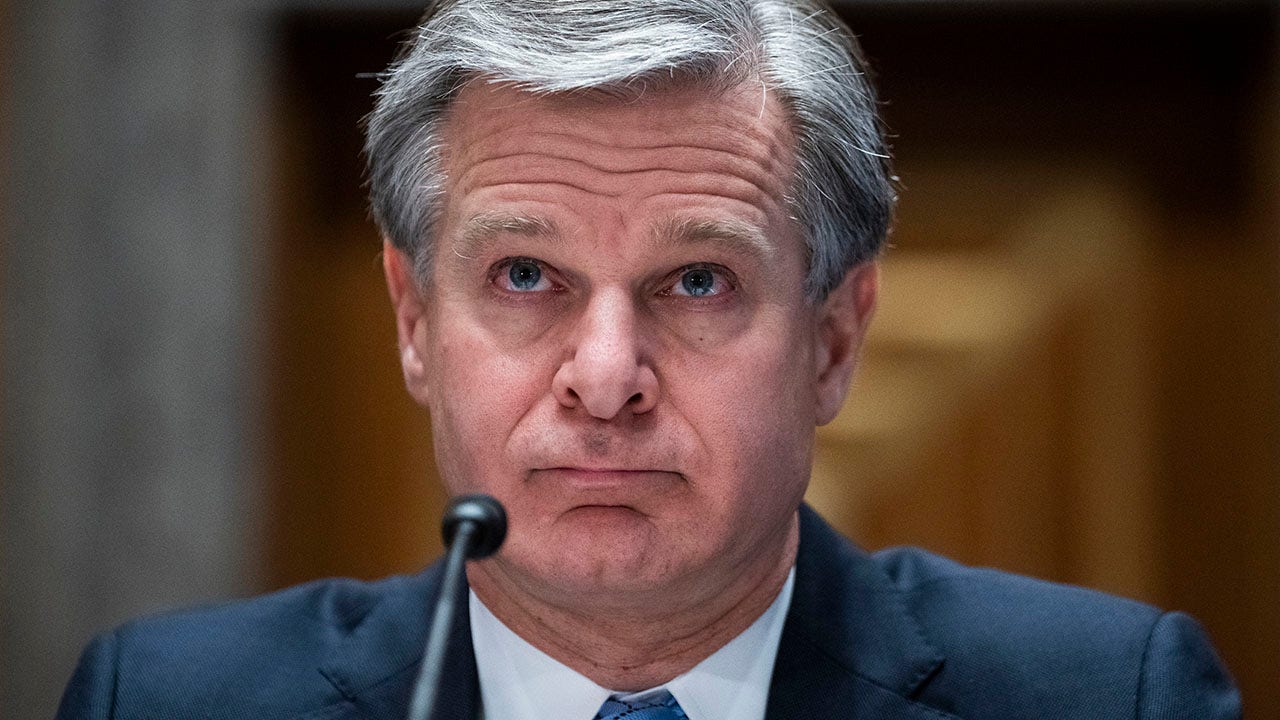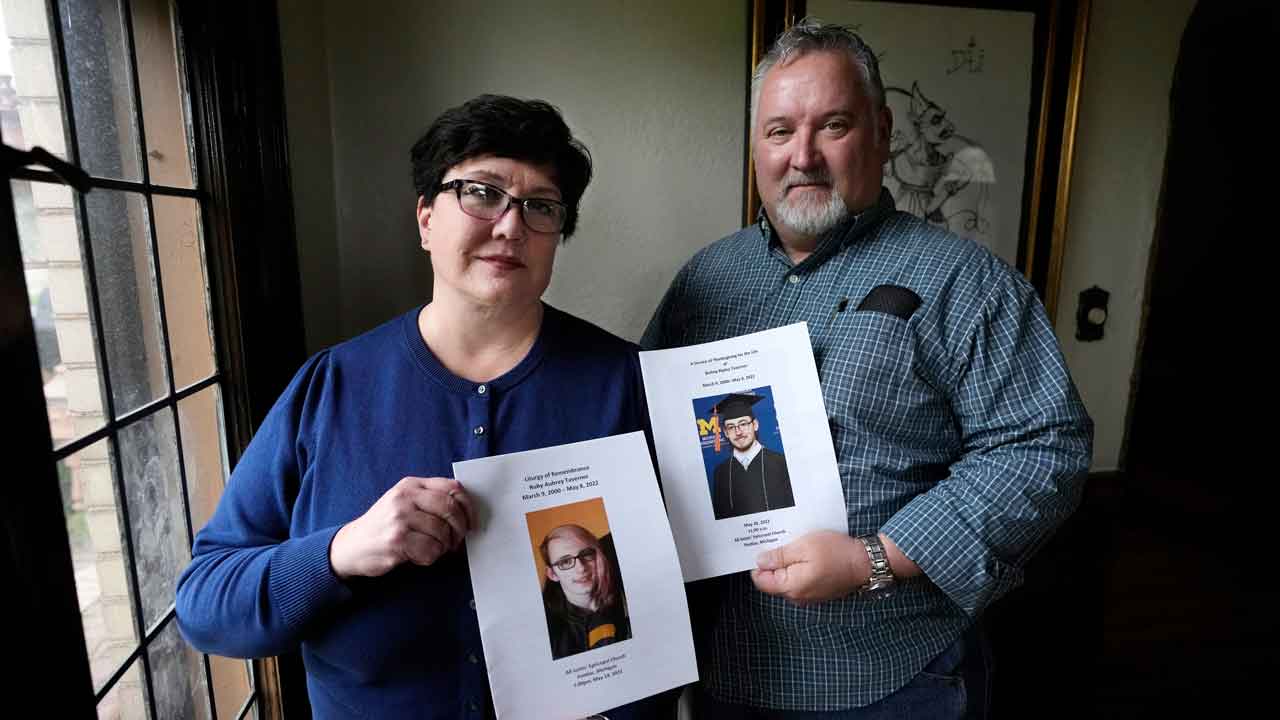The Milford Opportunities Project: the Myth of a Tourism Reset?
Ideasroom
The motivation of a masterplan for tourism in Milford Sound Piopiotahi is unfounded, lacks scientific evidence and is not the solution to New Zealand’s problem of concentrated tourism flows, argues Professor Juergen Gnoth
The Milford Sound Opportunities Project (MOP) has emerged as one of the Government’s centrepieces of initiatives to reset tourism. Yet, like the Tourism Communities: Support, Recovery and Reset Plan – full of virtuous goals – the 1600 pages of the MOP offer no coherent plan, nor does it connect to a national tourism strategy that should lead to the desired resilient and sustainable tourism we have long come to crave for.
In fact, the MOP may prove to be the thin edge of the wedge that severs Kiwis’ relationship with their natural heritage by stealth. The MOP would charge international tourists but allow locals to use private vehicle access to the Fiordland National Park (FNP) corridor and Milford Sound only by permit; something that research commissioned by Waka Kotahi has already shown will hit strong resistance.
Reducing carparks at Milford by 60 percent and pushing everyone onto commercial buses would create large additional costs. A family of four who would like to enter the park on three different day trips from Te Anau would need to pay $240 to $300 per trip at current prices to Milford and back.
Why do we need such a project? Because the Ministry of Tourism alleges that the experience of Milford Sound has become “noisy, crowded, rushed and unsafe”, which my research shows to be unfounded.
Nevertheless, to fix it, the MOP wants each international tourist to pay a levy of some $50 before entering the park, to finance new infrastructure and accommodation in and around Milford village, scrap the airport runway, and build new amenities, lookouts and walkways.
The levy is also planned to finance a new management system for traffic, booking system, amenity and visitor management. This would ultimately allow ramping up visitor numbers from close to 1 million tourists in 2019, to 1.6 million tourists.
Further investments in Te Anau’s amenities is then hoped to attract big hotel chains and help turn Te Anau into the major transport hub for FNP that the group of Southland mayors and business leaders, who orchestrated the MOP, believe it deserves.
Whether this add-on strategy to the MOP is based in hope of taking market share from Queenstown, or as a solution to grow the overall market for New Zealand by “upgrading” Te Anau, is not clear. Neither is it clear whether this is meant to become the solution for solving New Zealand’s eternal problem of sticky, concentrated tourism flows.
Since the 1990s, these flows have created travel patterns and routes that now deliver unsustainable tourism numbers to preferred regions. This strategy has always been mismanaged Resort Planning 101 and prevented resilient communities from emerging by creating 80 to 100 percent dependence on tourism by at least New Zealand’s five major tourism hotspots.
Trying to divert market share from Queenstown to Te Anau would misunderstand the Queenstown market, which supplies some 40 to 60 percent of visitors to Fiordland mainly by bus. Those visitors are time poor, and only superficially interested in Fiordland’s natural values.
In turn, the “upgrade” of Te Anau in the hope of a building boom would misunderstand that market, too, which is far less “floozy” than Queenstown, but adventurous and hardy. They are deeply attached to the wild magic of the outdoors, untouched nature and not weary of rough weather.
To change tourism flows away from concentrating on this country’s hotspots, including around the bottom of the South Island, New Zealand needs a coherent national strategy. A local solution like the MOP would only confuse tourists, continue the concentration strategy, and fail to add resilience to local communities.
A sustainability strategy would have to address our addiction to short-term tourists, and our historic preference for selected regional tourism development. Neither the restart programme, nor the MOP, identify the real reasons for New Zealand’s tourism problems. Instead, it makes up some reasons to push for a bureaucratic change to what has hitherto determined the Kiwi lifestyle.
Both MOP and the Ministry of Business, Innovation and Employment policy papers keep repeating the myth that the Milford Sound experience is “crowded, rushed, noisy and unsafe”. To be clear: this opinion is made up, possibly based on personal preference, and repeated by the Minister of Tourism, Stuart Nash.
It lacks any scientific evidence as far as tourists’ experiences of Milford are concerned. In fact, while natural hazards in that part of the world make any visit potentially dangerous, regular experience monitoring visitors to Milford Sound over the last six years reveals a very different picture.
Research I conducted shows consistently high levels of satisfaction across all segments visiting Milford Sound. My experience monitor surveyed more than 2000 visitors over the last six years and consistently documents very low perceptions of crowding and high perceptions of safety.
Any annoyance with the presence of other tourists only begin to emerge on days with more than 3500 tourists per day, while crowding is reported by only some 3 to 5 percent, as numbers go beyond this threshold.
Indeed, if any of our international markets shows any annoyance with the presence of other tourists, aircraft or helicopter noise, it is the Chinese (8 to 10 percent of Milford’s market) and European segments (25 percent). Surprisingly, however, Europeans do not differ in their levels of satisfaction from other major nationalities. Only the Chinese are marginally less satisfied, mainly because they have very different reasons for visiting.
New Zealanders visiting Milford (11 per cent of the market) are far more tolerant of other tourists at Milford than the Chinese and also do not differ from the UK (8 percent), Australian (11 percent) or American visitors (11 per cent) in their perceptions of crowding, noise or safety.
While there may be good reasons for improving a smooth operation around tourists’ access to Milford Sound’s major attraction, there is little evidence to justify restricting access to locals, forcing them to use expensive buses, or obtain permits to bring in private vehicles, boats or heavy recreational gear.
Arguably, the visitor experience of boat tourists is already world-class, and while the surrounding amenities and infrastructure of Milford village itself may need upgrading, it is highly questionable whether the proposed new management structure regulating concessionaires, booking and permit systems will improve the overall experience.
After 30 years of marketing the myth that Milford Sound is New Zealand’s premier attraction, it is finally spitting its dummy, and the real reason of the ongoing mismanagement of tourism flows is in the open.
One way or the other, the MOP leaves too many questions unanswered, including extremely rough modelling and income forecasts. To date, the MOP is based on spurious justification, and lacks coherence between its many diverse moving parts. As a consequence, it would make access to the park more complicated for locals, and ultimately become more expensive for park users and taxpayers at the bottom of the cliff.
The MOP is not part of a national strategy needed to solve the real problem. It created the massive growth in tourism numbers to Milford Sound, although all other unique attractions in New Zealand are equally worthy of attention. The key to resilience is by lowering dependency on tourism and by encouraging tourists to stay longer.






